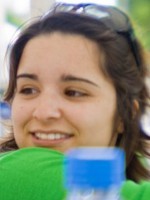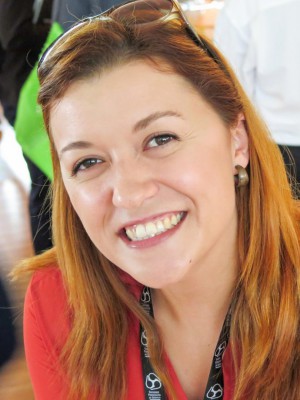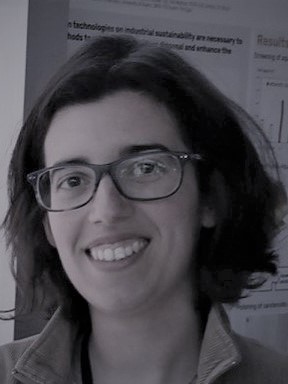abstract
Herein, solubility experimental data for six monosaccharides, viz. D-(+)-glucose, D-(+)-mannose, D-(-)-fructose, D-(+)-galactose, D-(+)-xylose and L-(+)-arabinose, in four ionic liquids (ILs), at temperatures ranging from 288.2 to 348.2 K, were obtained aimed at gathering a better understanding of their solvation ability and molecular-level mechanisms which rule the dissolution process. To ascertain the chemical features that enhance the solubility of monosaccharides, ILs composed of dialkylimidazolium or tetra-alkylphosphonium cations combined with the dicyanamide, dimethylphosphate or chloride anions were investigated. It was found that the ranking of the solubility of monosaccharides depends on the IL; yet, D-(+)-xylose is always the most soluble while D-(-)-fructose is the least soluble monosaccharide. The results obtained show that both the IL cation and the anion play a major role in the solubility of monosaccharides. Finally, from the determination of the respective thermodynamic properties of solution, it was found that enthalpic contributions are dominant in the solubilization process. However, the observed differences in the solubilities of monosaccharides in 1-butyl-3-methylimidazolium dicyanamide are ruled by a change in the entropy of solution.
keywords
D-GLUCOSE; LIGNOCELLULOSIC MATERIALS; SUGAR ALCOHOLS; SOLID-LIQUID; D-FRUCTOSE; WATER; MIXTURES; DISSOLUTION; ENTHALPIES; ETHANOL
subject category
Chemistry; Physics
authors
Teles, ARR; Dinis, TBV; Capela, EV; Santos, LMNBF; Pinho, SP; Freire, MG; Coutinho, JAP
our authors
Projects
CICECO - Aveiro Institute of Materials (UID/CTM/50011/2013)
Igy Technology: A Purication Platform using Ionic-Liquid-Based Aqueous Biphasic Systems (IGYPURTECH)
acknowledgements
This work was developed within the scope of the project CICECO-Aveiro Institute of Materials, POCI-01-0145-FEDER-007679 (FCT Ref. UID/CTM/50011/2013), the project CIQUP Centro de Investigacao em Quimica da Universidade do Porto (PEst-C/QUI/UI0081/2013) and the LSRE-LCM Associate Laboratory (POCI-01-0145-FEDER-006984), financed by national funds through the FCT/MEC and when appropriate co-financed by FEDER under the PT2020 Partnership Agreement. This research received funding from the European Research Council under the European Union's Seventh Framework Programme (FP7/2007-2013)/ERC grant agreement no. 337753.






